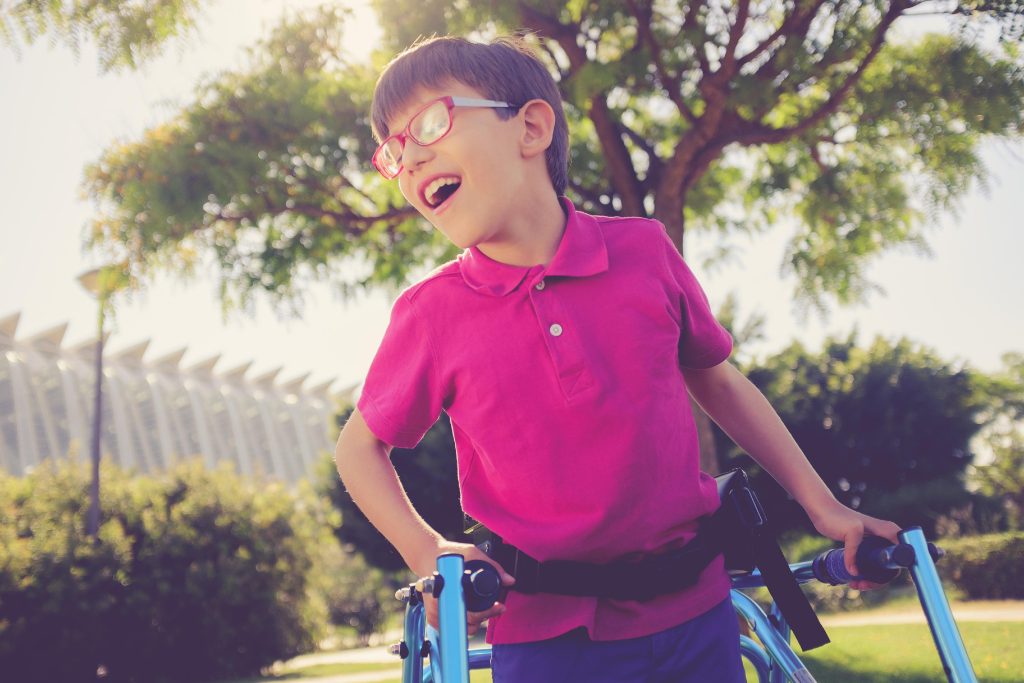Attention-Deficit/Hyperactivity Disorder (ADHD)
ADHD is a developmental disorder with symptoms of inattention, impulsivity, and/or hyperactivity, that persist for more than 6 months, starting before the age of 12.

Understanding Attention-Deficit/Hyperactivity Disorder (ADHD)
ADHD is a developmental disorder with symptoms of inattention, impulsivity, and/or hyperactivity, that persist for more than 6 months, starting before the age of 12.
Symptoms of inattention include difficulty paying attention, keeping on task, or staying organized. Symptoms of hyperactivity include often moving around, feeling restless, or talking excessively. There may also be signs of impulsivity, such as interrupting others, difficulty waiting for one’s turn.
For people with ADHD, these behaviors are more frequent than expected and happens across several situations.

Feeding and Nutrition: What You Need to Know
ADHD is a developmental disorder with symptoms of inattention, impulsivity, and/or hyperactivity, that persist for more than 6 months, starting before the age of 12.
Symptoms of inattention include difficulty paying attention, keeping on task, or staying organized. Symptoms of hyperactivity include often moving around, feeling restless, or talking excessively. There may also be signs of impulsivity, such as interrupting others, difficulty waiting for one’s turn.
For people with ADHD, these behaviors are more frequent than expected and happens across several situations.

Ways to support challenges with mealtime and nutrition include
- Adjusting and/or supporting the posture during mealtime
- Modifying food textures and/or fluid consistency
- Pacing feeding
- Therapy to improve and develop oral motor skills
- Diet modification to optimise nutrition
How Cerebral Palsy Affects Speech Development
Children with Cerebral Palsy often present with
- Late talking
- Difficulty understanding instructions
- Difficulty expressing themselves with words
- Unclear speech
People with Cerebral Palsy may also present with cognitive, hearing and/or visual impairment that further increase the challenges in their daily communication.


Cerebral Palsy face difficulties
About 30-70% of people with Cerebral Palsy face difficulties with speech and language. Ways to support speech and language development in children with Cerebral Palsy include
- Therapy to improve speech intelligibility (e.g. working on speech volume, production of specific sounds, etc.)
- Therapy to work on understanding and using language (e.g. following instructions, answering questions, having a conversation)
- Use of Augmentative and Alternative Communication (AAC) (e.g. use of pictures, objects, signs, speech generating devices)

Movement and Motor Skill Challenges
Motor impairment is the main feature of Cerebral Palsy. People with Cerebral Palsy can present with
- Abnormal muscle tone (e.g. too stiff, or too floppy)
- Difficulty with balance and coordination
- Decreased strength
- Difficulty with voluntary motor control
Ways to support mobility and coordination include
- Exercises, such as those targeting sitting, walking and hand functions
- Use of assistive devices such as wheelchairs, walkers, braces, splints, specialized feeding utensils, and pencil grips to support daily activities
